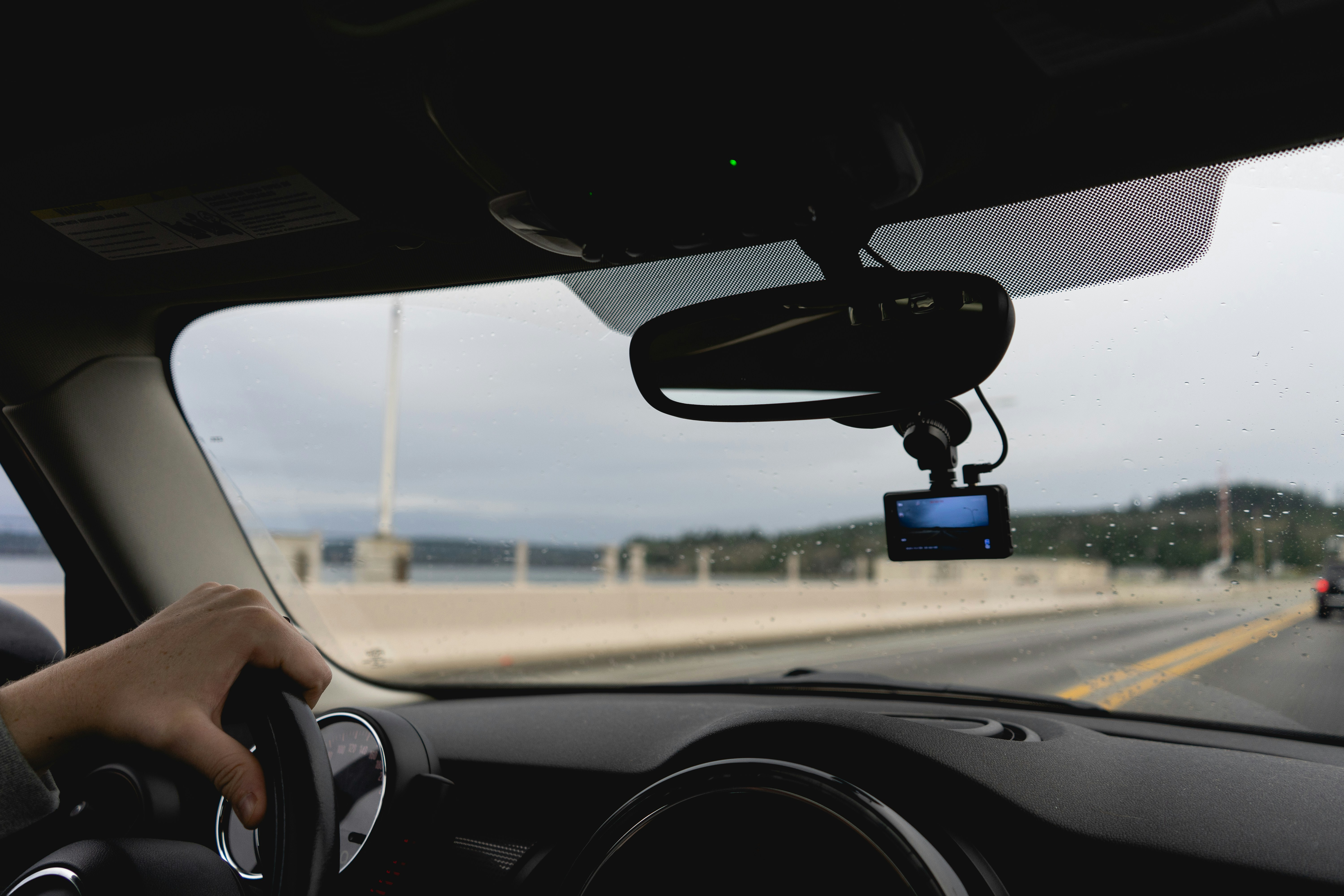In today’s fast-evolving world of auto insurance, one thing is clear: data drives decisions. Whether it’s for adjusting premiums, resolving claims, or detecting fraud, insurers increasingly rely on real-time data from vehicles. This is where vehicle telematics systems step in to revolutionize how insurers assess risk, price policies, and interact with drivers.
If you’re considering integrating IoT devices for car insurance purposes into your vehicle or fleet, this guide will walk you through everything you need to know.
What’s the Role of IoT Devices in Modern Car Insurance?
IoT devices in cars are smart sensors or telematics hardware that collect and transmit data about driving behavior, vehicle performance, and environmental conditions. These devices can be hardwired into a vehicle’s system or plugged into the OBD-II port. Some modern units, like those from Jimi IoT, even support LTE, BLE sensors, and real-time video monitoring.
Common Data Points Captured:
- Speed, acceleration, and braking patterns
- GPS location and route tracking
- Engine health and battery voltage
- Crash events and G-force impact
- Cabin video and driver monitoring (ADAS/DMS)
How IoT Devices Empower Insurance Risk Assessment
Accurate risk assessment is the cornerstone of fair, data-driven insurance.
Traditional underwriting relies on historical data and assumptions. But IoT devices bring real-time, behavior-based risk profiles to the table. This allows insurers to:
- Analyze Driving Behavior (e.g., aggressive acceleration, harsh braking)
- Evaluate Usage Patterns (e.g., night driving, mileage)
- Monitor Environmental Risk Factors (e.g., weather or road type)
- Detect Fraud (e.g., staged accidents, mileage manipulation)
Jimi IoT’s JC400 4G dashcam not only records driving events but also detects driver distraction or drowsiness, helping insurers better understand risk and prevent incidents proactively.

UBI Car Insurance: Pay-How-You-Drive Revolution
UBI (Usage-Based Insurance) uses telematics data to create personalized premiums. Instead of a flat rate, you pay based on how and when you drive.
Key UBI Models:
- Pay-As-You-Drive (PAYD): Charges by mileage
- Pay-How-You-Drive (PHYD): Considers driving behavior
Benefits for Drivers:
- Save money with safe driving habits
- Real-time feedback through mobile apps
- Build trust and transparency with your insurer
Jimi IoT’s OBDII trackers and vehicle terminals allow insurance partners to track a variety of data regarding how policyholders drive, when they drive, and where they drive., enabling precise mileage tracking and behavior scoring.
Top IoT Features That Matter for Insurers and Drivers
Not all IoT devices are created equal. Look for features that match your needs and insurer expectations. You may find the features below specifically meet your car insurance needs.
Key Features to Consider:
- Multi-GNSS Positioning: High accuracy GPS + BDS/GLONASS
- LTEConnectivity: Stable data transmission
- BLE Sensor Integration: For door, temperature, or humidity monitoring
- Driving Behavior Alerts: Real-time detection of harsh events
- Remote Immobilization: Prevents vehicle theft or unauthorized use
- Battery & Power Management: Auto shutoff to prevent battery drain
Jimi IoT’s VL103M and VL162 offer these functions in rugged, compact designs ideal for both personal and commercial vehicles.
How IoT Enhances Claims Management and Fraud Detection
IoT devices for car insurance offer critical event-based evidence for claims:
- Instant accident alerts to insurance platforms
- Accurate timestamped video footage
- Location confirmation of incident scenes
- Tamper and interference alerts
Why It Matters:
IoT helps reduce disputes, speeds up claims processing, and builds trust. With ADAS/DMS cameras and vehicle sensor data, insurers can instantly verify fault and expedite payouts.

Jimi IoT: Enabling the Future of Connected Insurance
With over 20 years of IoT experience and customers in 180+ countries, Jimi IoT designs hardware and platforms specifically optimized for insurance telematics.
Why Choose Jimi IoT:
- Plug-and-play OBD solutions for quick deployment
- AI-powered dashcams for visual risk insight
- Fleet-level deployment tools for insurers and brokers
- Full ecosystem: hardware, software (Tracksolid Pro), and open APIs
Jimi IoT helps insurers lower loss ratios, detect fraud faster, and improve customer satisfaction through smarter data.
Practical Tips for Selecting an IoT Device for Insurance
Tip 1: Confirm Compatibility
Make sure the device supports your car’s voltage range and OBD protocol.
Tip 2: Prioritize Features Based on Use Case
If you’re a fleet manager, choose remote immobilization. For insurance, focus on event recording.
Tip 3: Ask About Data Ownership
Ensure your data is protected and shared only with authorized parties.
Tip 4: Pick a Trusted Provider
Established players like Jimi IoT ensure quality, support, and longevity.
FAQ: IoT and Car Insurance
Q1: Is UBI insurance cheaper?
Yes, if you’re a safe driver. UBI plans can offer lower premiums based on actual driving behavior.
Q2: Can I install the device myself?
Many devices, especially OBDII types from Jimi IoT, are plug-and-play and easy to install.
Q3: Will insurers track me all the time?
UBI programs only collect relevant data. You can review what’s shared in your app.
Q4: What’s the best IoT device for insurance claims?
An upgrade of JC400, the JC261 4G dash camera allows you to add a driver-facing, inward-facing, or backup camera as needed.
Conclusion
Whether you’re an individual looking to lower premiums or an insurer seeking reliable risk data, IoT devices are the bridge between driving behavior and smarter policies. With trusted brands like Jimi IoT, you gain access to field-proven hardware, precise analytics, and seamless integration.
Ready to enhance your car insurance strategy with IoT? Contact Jimi IoT to explore customized tracking solutions for insurance partners and vehicle owners today!

 US
US ES
ES PT
PT TH
TH VN
VN JP
JP


